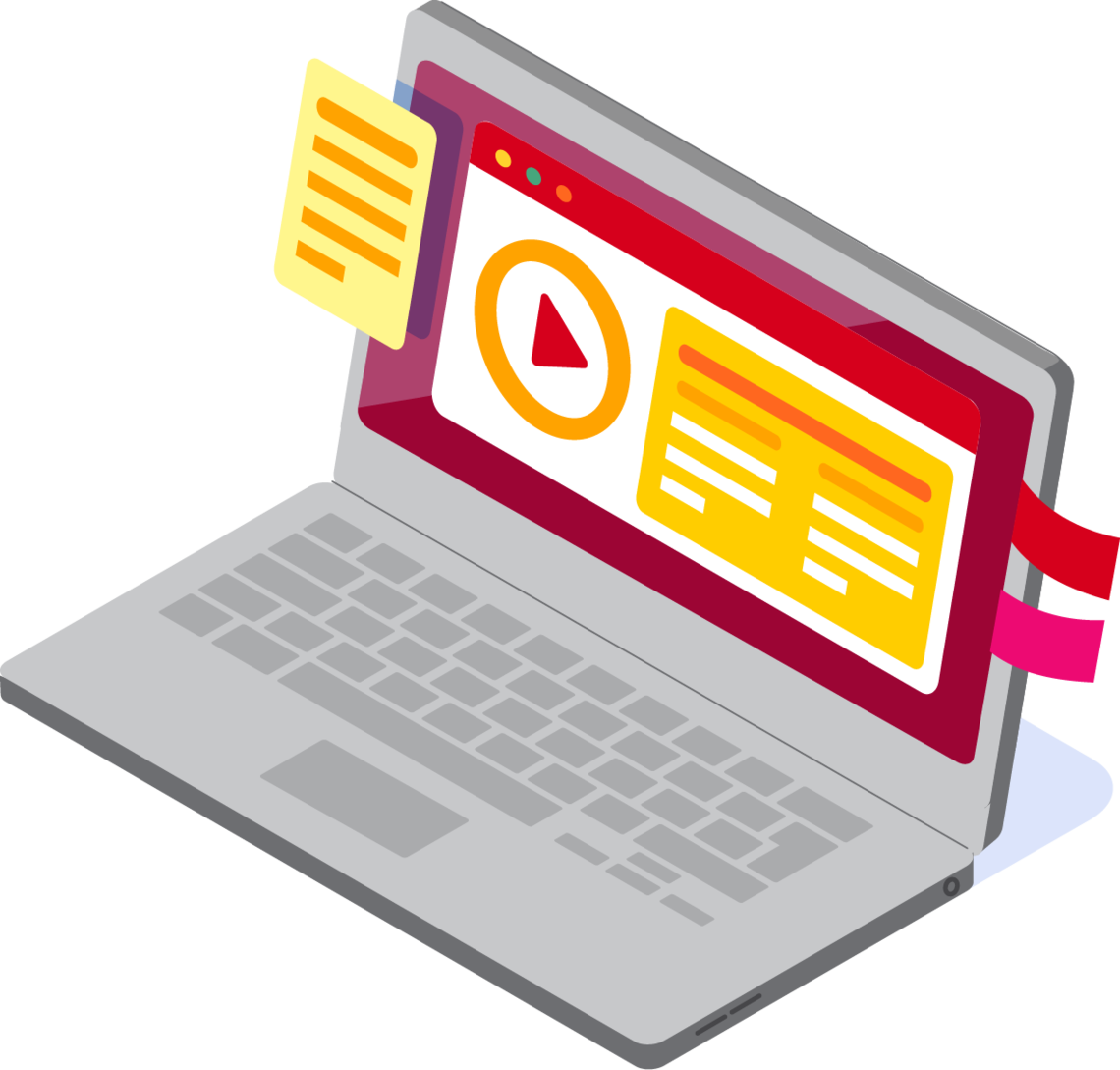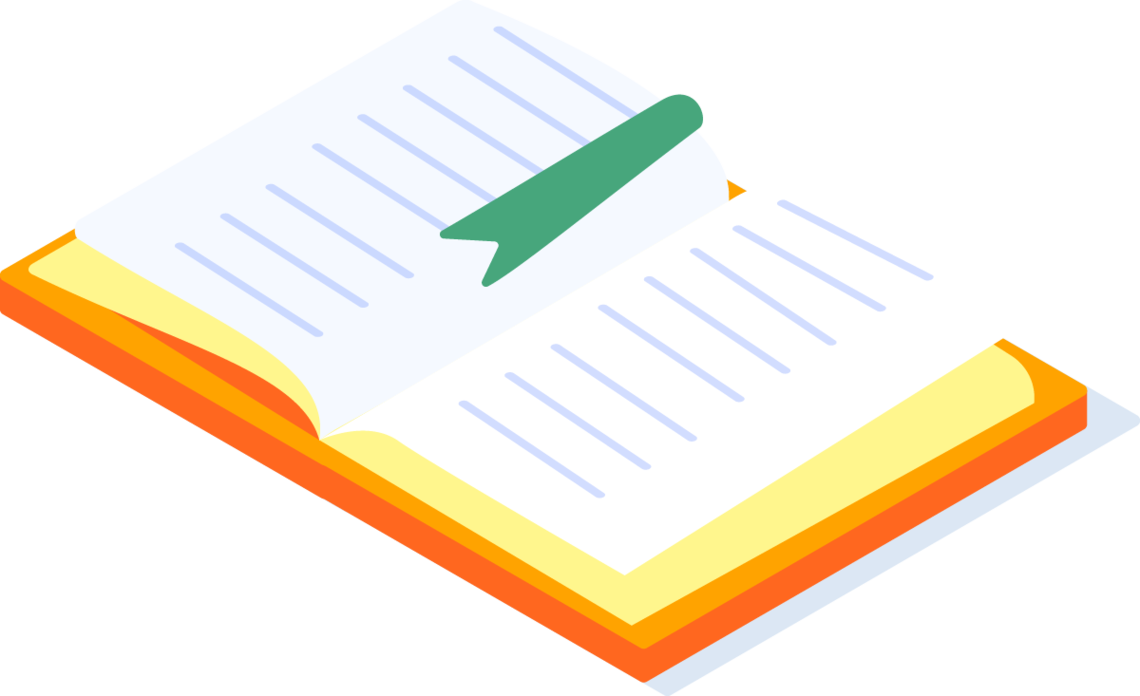Research Snapshot
Beyond (Dis)ability: Promoting Accessibility in Blended and Online Learning Environments
What is it about?
In March 2020, higher education institutions globally were forced to shift to blended and online learning (BOL) classrooms in response to the COVID-19 pandemic. Accessibility was paramount in this shift as there were new frameworks and approaches in BOL that could accommodate a variety of accessible needs. Yet, accessibility continues to be conflated with disability, which hinders the impact of both of these concepts. In this exploratory session, the presenters engage with their audience regarding the multidimensional definition of accessibility, the Universal Design for Learning (UDL) framework in educators’ classrooms, and the analysis of key accessibility frameworks within BOL.
What did we do?
In their exploratory session, the authors began by outlining a history of BOL and its inherent ties to accessibility. After, the presenters engaged in discussion with their audience with three questions:
- What does accessibility mean to you?
- How are educators utilizing UDL in their current online classrooms?
- What are key accessibility recommendations that you would like to see moving forward?
After each discussion question, the authors spoke to novel approaches to the definition of accessibility, the intricacies of the UDL framework, and prospective implementations of accessibility approaches in future BOL classrooms.
What did we find?
Accessibility impacts all aspects of a BOL course. For example, learning management systems (LMS) that are used in BOL may not be accessible to students who do not have access to a computer or quality wifi. In addition, accessibility must consider mobile accessibility to ensure that the LMS is accessible on mobile devices, considering the usability of attachments, assessment submissions, and discussion boards. Further, the inclusion of students’ pronouns during virtual classes in Zoom is an ideal of accessibility, but it must be approached in an open manner that ensures that the educator is not forcing a student to disclose their gender identity. In regard to UDL, this framework operates under multiple means of engagement, which encapsulates the learner’s interest; multiple means of representation, which ensures that information is presented in multiple ways; and multiple means of action and expression, which promotes different ways for students to demonstrate their knowledge.
What does it mean?
Accessibility requires educators to modify their attitudes and practices, as these two concepts inform the outcomes of each other. As educators, our responsibility is to continue to learn and expand our definition of accessibility because it is not static; it continues to change as the landscape of education changes as well. Accessibility should be enthusiastic, as these frameworks, such as UDL, will be positively impactful to all students in the classroom, which will lead to stronger engagement and classroom experiences. Finally, normalizing accessibility is important to recognize because until we normalize accessibility, there will continue to be barriers to overcome.

Need to know
The presenters defined accessibility as the measure of whether a thing, concept or idea can be used to the best of its abilities by everyone. The UDL framework is comprised of seven principles: equitable use, flexibility in use, simple and intuitive use, perceptible information, tolerance for error, low physical effort, and size and space for approach and use.

About this snapshot
For a complete description of the research and findings, please see the full research article:
Carley, C., Jivani, R., Nizamuddin, S., & Wright, A. C. (2022, August 4). Beyond (dis)ability: Promoting accessibility in blended and online learning environments [Workshop]. Distance Teaching and Learning Conference, United States.
This summary was prepared by Cameron Carley, a research assistant for the Flanagan Foundation Initiative at the Taylor Institute for Teaching and Learning at the University of Calgary.
